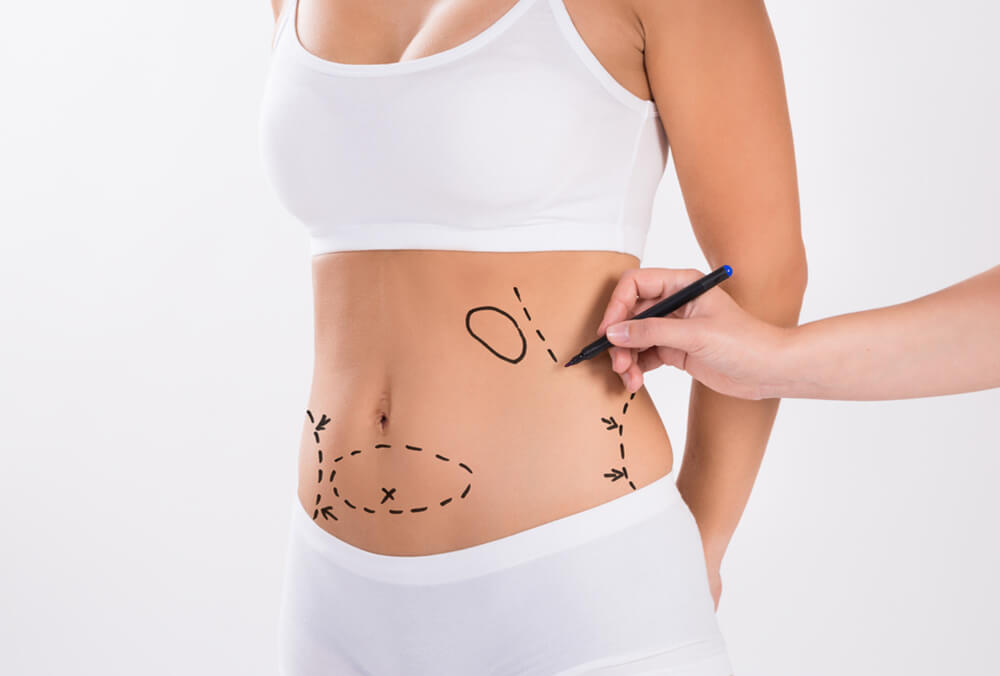Fat transfer procedures, also known as Fat Grafting in Dubai or lipofilling, have gained popularity as a natural way to enhance body contours by transferring fat from one area of the body to another. Whether you’re enhancing your breasts, buttocks, or face, post-operative care plays a crucial role in the success of the procedure. One of the most important aspects of recovery is choosing the right compression garment. In this blog post, we’ll explore why compression garments are essential after fat transfer in Dubai, how to choose the right one, and provide insights into costs in Dubai, before and after results, and answer common FAQs.
The Importance of Compression Garments After Fat Transfer
Compression garments are specially designed clothing that applies consistent pressure to the treated area. They play a vital role in:
- Reducing Swelling: By applying pressure, these garments help minimize swelling and promote faster healing.
- Enhancing Contour: Compression helps maintain the new shape and contour of the body by keeping the transferred fat in place.
- Improving Circulation: Proper compression enhances blood circulation, promoting nutrient and oxygen delivery to the treated area.
- Minimizing Discomfort: Compression garments provide support and reduce discomfort during the recovery phase.
How to Choose the Right Compression Garment
Choosing the right compression garment involves considering several factors to ensure optimal recovery and results:
1. Type of Procedure
Different fat transfer procedures may require different types of compression garments:
- Breast Fat Transfer: A compression bra or vest with adjustable straps is recommended to provide support and maintain the shape of the breasts.
- Buttock Fat Transfer (BBL): A high-waisted compression garment with open buttock panels is ideal to avoid putting pressure on the transferred fat.
- Facial Fat Transfer: A facial compression bandage or chin strap may be required to provide gentle pressure and support.
2. Material and Comfort
Choose a compression garment made from high-quality, breathable materials that offer comfort and durability. Look for fabrics that wick away moisture and allow the skin to breathe.
3. Size and Fit
Proper sizing is crucial for effective compression. The garment should fit snugly without being too tight, as excessive pressure can negatively affect the transferred fat. Consult with your surgeon or follow the manufacturer’s sizing chart to ensure the right fit.
4. Adjustability and Ease of Use
Opt for garments with adjustable closures, such as hook-and-eye or Velcro, to accommodate swelling and changes in size during recovery. Easy-to-use designs make it more convenient to wear and remove the garment as needed.
5. Consultation with Your Surgeon
Your surgeon is the best source of advice when choosing a compression garment. They can provide personalized recommendations based on your specific procedure and needs.
Cost of Fat Transfer in Dubai
The fat transfer cost in Dubai can vary widely depending on several factors, including the clinic’s location, the surgeon’s expertise, and the extent of the procedure. On average:
On average, the cost of fat transfer in Dubai ranges from AED 4,999 to AED 40,000. It is advisable to consult with multiple clinics to get a comprehensive quote tailored to your specific needs.
Before and After Results
Compression garments play a significant role in achieving desirable before and after results. Here are some key benefits observed when wearing compression garments after fat transfer:
Before:
- Swelling: Initial swelling is common after fat transfer, making the treated area appear larger than expected.
- Bruising: Mild to moderate bruising may be present, depending on the extent of the procedure.
After Wearing Compression Garments:
- Reduced Swelling: Compression helps minimize swelling, allowing the body to settle into its new shape.
- Enhanced Contours: The garment supports the new contours, helping to maintain the desired results.
- Improved Comfort: Patients often experience less discomfort and a quicker return to normal activities.
FAQs
1. How long should I wear a compression garment after fat transfer?
Most surgeons recommend wearing a compression garment for at least 4 to 6 weeks after the procedure. However, the duration may vary based on individual healing progress and your surgeon’s advice.
2. Can I remove the compression garment for showering?
Yes, you can remove the compression garment for showering. However, it’s important to wear it consistently, as recommended by your surgeon, to ensure optimal results.
3. What should I do if my compression garment feels too tight?
If the garment feels excessively tight or causes discomfort, consult your surgeon immediately. Wearing a properly fitting garment is crucial, and adjustments may be necessary.
4. Are compression garments necessary for all fat transfer procedures?
While compression garments are highly recommended for most fat transfer procedures, your surgeon may provide specific guidance based on your individual case and procedure type.
5. Can I purchase a compression garment online?
Yes, compression garments are available for purchase online. However, it’s essential to ensure that you choose a reputable brand and follow sizing guidelines for the best fit and results.
Conclusion
Choosing the right compression garment after a fat transfer is a critical step in ensuring successful recovery and optimal results. By considering factors such as the type of procedure, material, fit, and Best plastic surgeons in Dubai recommendations, you can make an informed choice that supports your healing process. With the right compression garment, you can enhance your body contours and enjoy the benefits of your fat transfer procedure with confidence.



